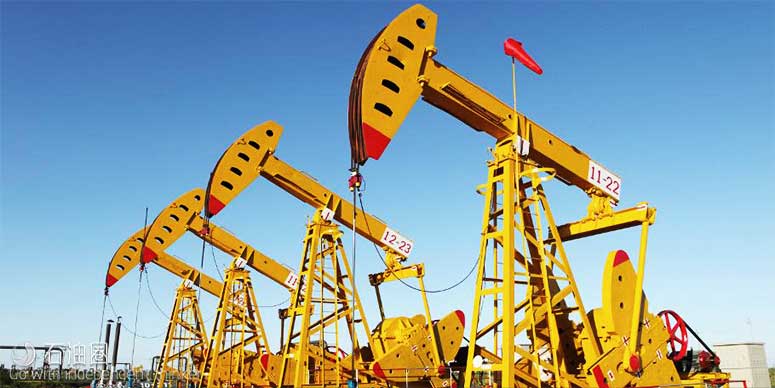Artificial lift is used in about 950,000 wells around the globe to improve production rates when natural pressure is insufficient to push the oil to the surface. Products such as rod pumps, progressive cavity pumps (PCP) and electric submersible pumps are used to increase the flow of crude oil from a well. The motive force for all these pumps are motors.
When these motors and pumps are managed and controlled by variable speed drives (VSDs), intelligent artificial lift becomes possible and real opportunities for better insight into and control of oil pumping start to appear on several levels. This is because VSDs, which originally were only used for basic speed control on motors as an alternative to simple on-off running, have developed over recent decades with oil industry-specific programs built into them, giving operators and engineers valuable new opportunities for better process control.
These intelligent artificial lift systems can make proactive process adjustments using real-time operating data from VSDs and sensors, and with tailored algorithms they will act as key enablers for the digital oilfield concept that will eventually use digital devices and communications networks to optimize a wide variety of oil production tasks.
Ari Huttunen, product manager for drives and controls at ABB, explained that VSDs have been using digital technology for decades but are now actively supporting intelligent artificial lift as it moves forward, based on data coming from those drives.
“This is providing a powerful and valuable new set of tools to increase productivity, which any oil producer, oilfield manager or operator would be wise to explore,” he said. “Profitability is the real driver. Today’s new abilities to use digitalization to get more oil out of a well, while reducing pump energy costs and breakdowns, is what makes this a genuine win-win economic opportunity. Progressive oil companies are already seizing the opportunity as step by step the much-discussed digital oil field begins to become a reality.”
To validate the economic gains that the technology can offer, ABB generated drive testing data based on real-life customer sites at nine oil wells using rod pumps. “These results showed there was potential to increase oil inflow by 50% while also reducing pumping energy consumption by 30%,” Huttunen said. “We have also had cases where downtime due to maintenance and breakdowns has been reduced by 70%. Of course, this doesn’t mean these results will apply to every oil well, but the data certainly gives an indication of what is feasible with fairly little effort and investment.”
Intelligent Lift In Action
The benefits were recently demonstrated in an application in the Sultanate of Oman where more than 1,500 oil-producing wells were fitted with variable speed PCPs, a significant portion equipped with ABB industrial drives. A software development project was implemented to search for a solution to automate the process and establish the possibility for remote operation.
“The Petroleum Development Oman’s well operation teams faced some challenges with their PCPs some years ago, where ‘pump-off’ conditions, improper sand handling, rod over speed, electric power outages and SCADA connectivity interruptions led to PCP failures and high production deferment,” he said.
Huttunen explained that with a rise in production and increase in well population, it became difficult and time consuming to monitor and optimize as well as rectify failures of the operations team.
“The rod pump team looked at ways to maximize the well production without risking the failure of the pump; conceptualizing an automated control method in monitoring rod torque, speed and pump intake pressure, while maximizing production through a closed loop Proportional/Integral control.
“Increased productivity via an intelligent and automatic production control is a major achievement,” he said. “Through minimal human intervention we were able to reduce their HSE risks, while the start-up time reduction means more barrel of oil extracted. For a well with an average of 500 barrels of oil production per day, implementing the software increased production by 17%.
Gaining Valuable Insights
These developments mean that drives are becoming an important piece in the digital oil field puzzle. The technology offers powerful new insight into numerous aspects of the operations. It allows operators to improve oil pumping based on the well conditions, optimize energy use and protect the pumps and equipment.
“The key point is that you are getting better understanding of your processes, based on digital data that is managed by, and sometimes generated by, the drive,” Huttunen added. “This new set of eyes and ears to watch over and control the oil recovery process helps contribute to higher oil output and profitability, while also protecting against equipment breakdowns via early identification of trends and abnormalities.”

 石油圈
石油圈

